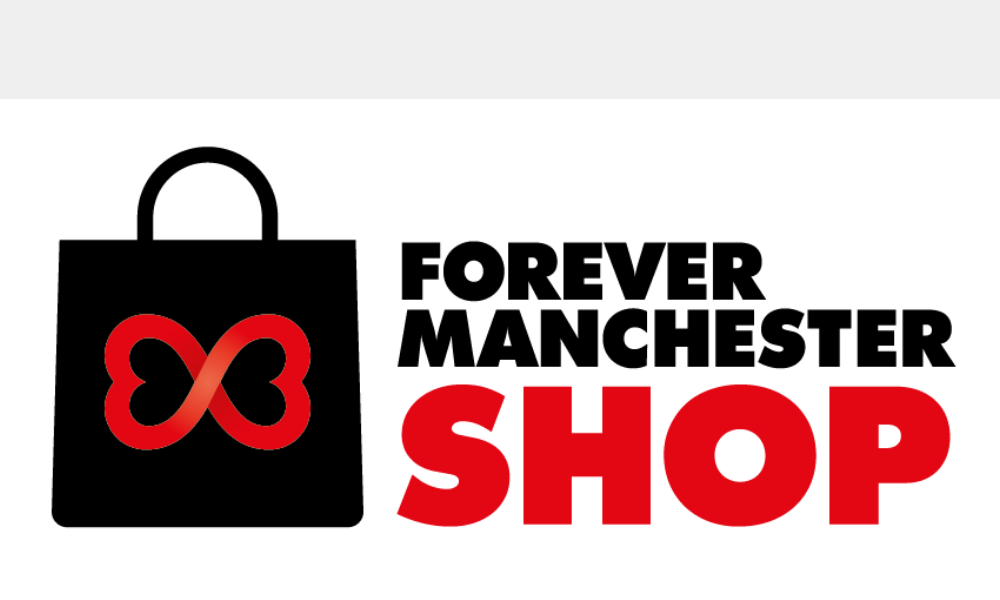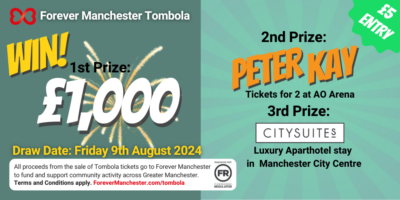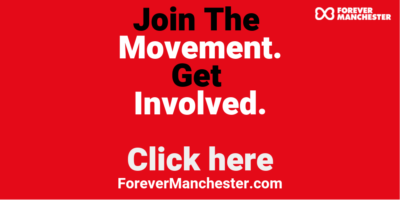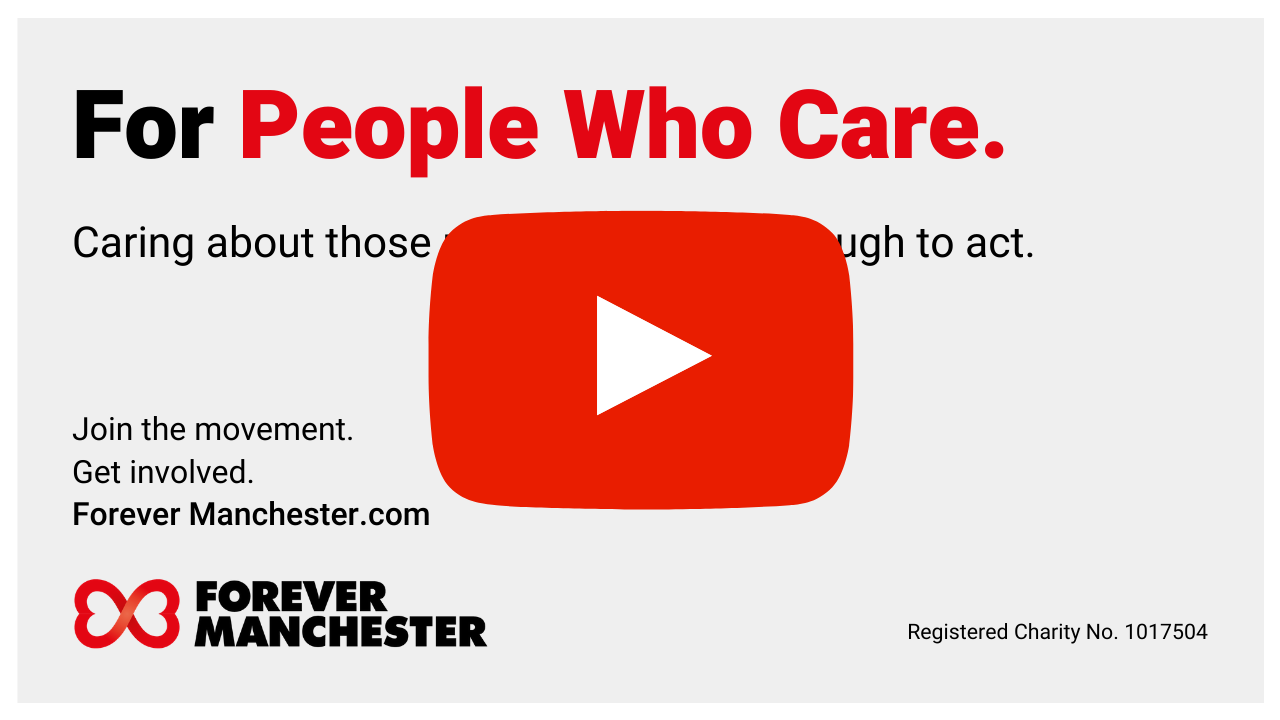Graeme Urlwin is one of our Community Builders – working within the Moston and Harpurhey areas to connect neighbours to skills and resources in the local area, and to each other.
“I’m not creative” says the person who has a back garden that looks like a miniature version of the Eden Project. “I’m not creative” says the person who can create a banquet from a tin of tomatoes and an onion that’s seen better days. “I’m not creative” says the mum who can keep seven kids quiet with a cardboard box and a bit of string. I hear it all the time, people adamant that they’re not creative; not seeing the things they do every day as creative, or even valuable – creativity belonging to someone else. Just as Asset-Based Community Development (ABCD) works from a starting point that everyone has something to offer with their own gifts and talents, I believe everyone is creative, it’s part of the human condition and it isn’t only about the arts. Sadly, creativity is something that many believe is something that people called artists do, whereas as for me it’s all about the way people think and approach problems, ideas and engage with others.
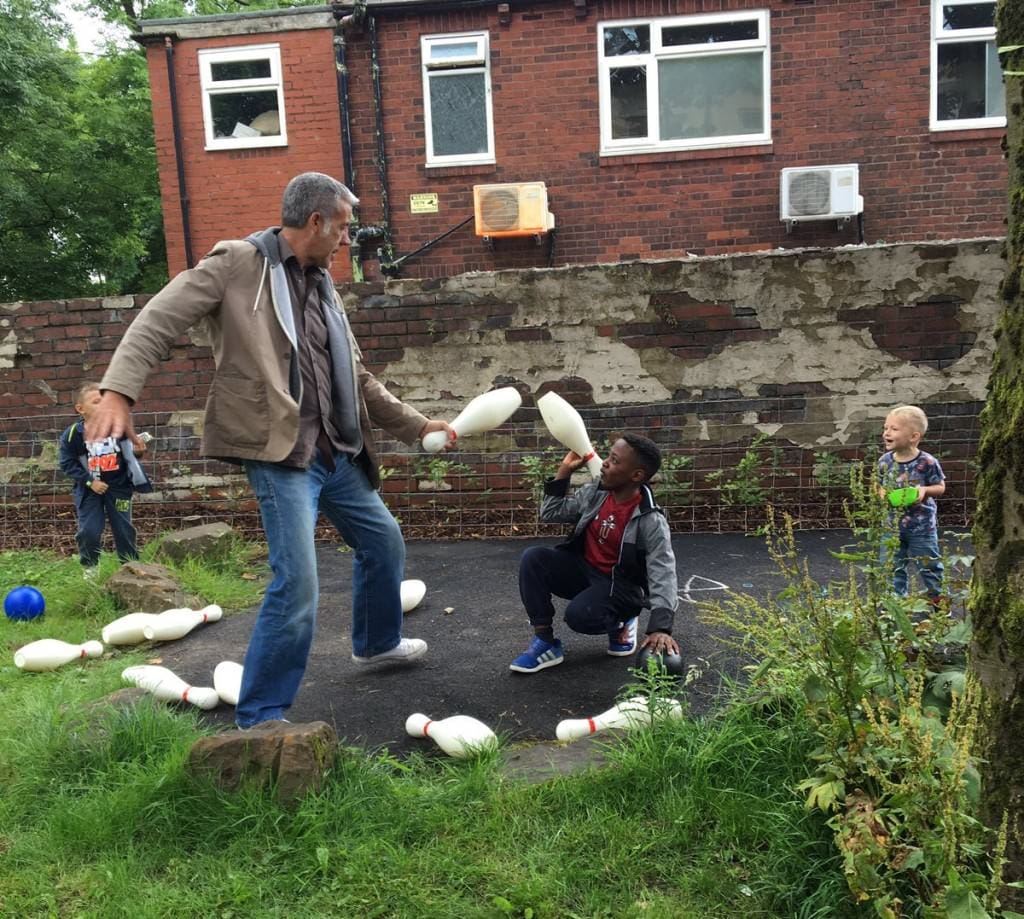
“Creativity is not a talent. It is a way of operating.”
– John Cleese
My work over the last twenty years has been about working with a range of different communities and using creativity as a way of engaging with them, sometimes using the arts and sometimes not. My observation over the last twelve months of working to an ABCD methodology is that many community-rooted projects emerge from a very traditional base, ‘how things have always been done,’ with community organisers staying within their comfort zone. The default summer event to bring the community together is a street party or a fun day with obligatory bouncy castle and face painters. There’s nothing wrong with that, the kids will love it. Everyone does things according to their experience and will always do so unless introduced to something different, another way.
In ABCD we talk a lot about the role of the professional and the need for doing things with rather than for, or if at all. I’ve not been part of a conversation that has explored the role of the ‘creative’ and their place in community development. I have worked on many occasions where an artist has played the role of the facilitator, not there to lead or impose ideas, but to enable a group to develop an idea in whatever shape it happens to be. The artist is there to enable them to make it happen, making ‘what ifs’ a reality. The issue (in terms of ABCD) is that too often that artist remains the ‘back bone’ of the project with the community reliant on them for guiding them along the journey they are embarking on. I don’t believe you need an artist to develop a creative project but you do maybe need to be supported on your first journey into the unknown, to think differently and to trust yourself to go with something untested and ‘not the norm’. That person doesn’t have to come from an institution, just someone that can support that uncertain journey and make it positive whatever the outcome.
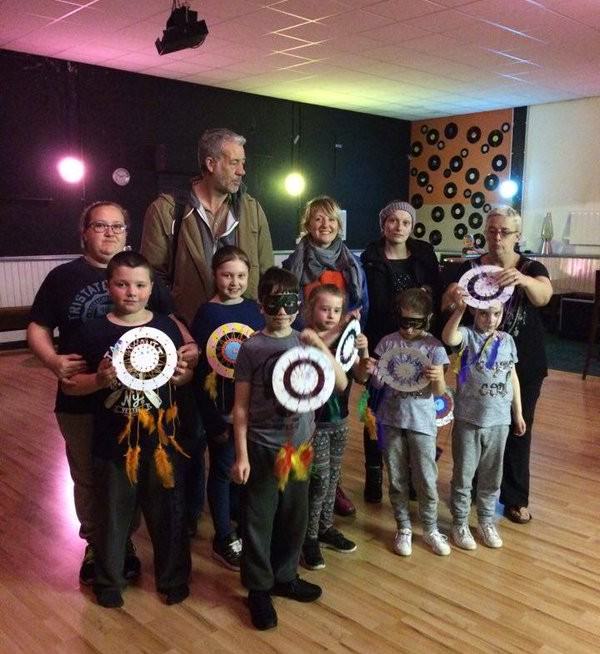
Creative thinking is not limited to skills and experience of doing things. Creative thinking is learning to think differently, widening possibilities. If this happens within an ABCD context, it gives the community the tools to create something that is not only rooted in their ideas and their actions but also reflects their culture, their thinking and their creativity, unique to them. Their ideas shift from merely producing an action list that needs ticking off into an unknown journey where risk is a shared experience. Of course there is nothing wrong with a Family Fun Day with a bouncy castle and face painters, but it removes the ‘what could be’; it denies the opportunity to think beyond what has always been done. It’s safe, doesn’t push any boundaries or explore anything new. When a community works together to complete a successful event or project, confidence grows, relationships are sealed and plans for more are made. But when a community has created something from their own imagination – from their own creativity – the impact goes beyond a successful event and creates something magical. They haven’t put on an event, they’ve created something.
All organisations are encouraged to think about new projects and ideas when applying for funding, ‘additionality’ being a buzzword. Funders want to see development and innovation which, in my view, is positive. It creates change and moves things forward, makes people challenge their own practise and seek to improve. But we don’t ask the same of community groups developing projects and events or give them the support to try something new which means we will never move beyond the bouncy castle.
I don’t think there is any magic recipe that develops a creative approach – I think the main ingredient is giving yourself permission to think differently, agreeing as a group that no idea is a bad idea, and accepting that the light bulb moment will probably happen while you’re in the bath or taking the dog out for a walk – it’s a bit like dreaming when you’re awake and suddenly something will stick.
Working with communities to create something innovative and that truly belongs to them doesn’t dictate their plans or dilute their objectives, it widens their experience and connects them to other people, other ideas and new ways of doing things. So let’s keep the bouncy castle, but maybe next time put a slow puncture in it.

